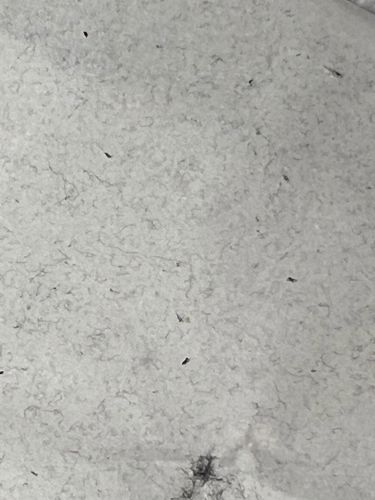Springtails
Scientific Name: Various species within Collembola
Order & Family: Order Collembola (though sometimes considered a class or subclass, rather than an order within Insecta)
Size: Usually 0.2 mm to 10 mm, most commonly 1-3 mm.

Natural Habitat
Damp environments such as soil, leaf litter, rotting wood, under bark, in compost piles, and sometimes in damp areas indoors (e.g., bathrooms, basements).
Diet & Feeding
Mainly feed on decaying organic matter, fungi, algae, bacteria, and sometimes plant seedlings. They are decomposers.
Behavior Patterns
Springtails often jump when disturbed using a furcula, a spring-like appendage tucked under their abdomen. They are active in moist environments and contribute to decomposition. Their populations can explode in highly humid conditions.
Risks & Benefits
Generally harmless to humans and pets. They can be a nuisance indoors if populations are high due to high humidity. Environmentally beneficial as decomposers, contributing to nutrient cycling and soil health.
Identified on: 8/29/2025